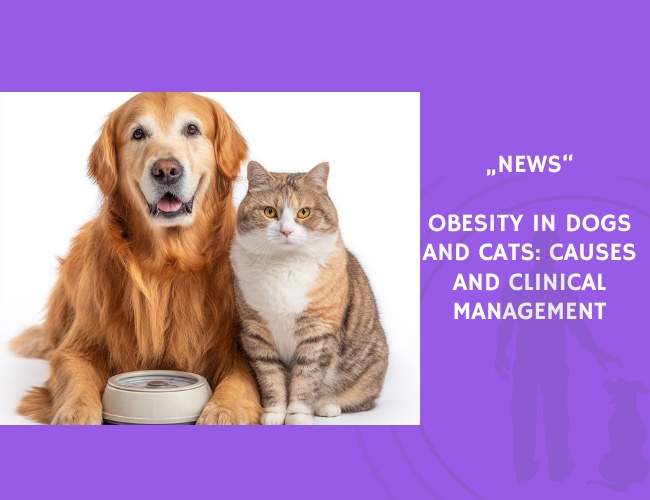In their 2014 review, J. Loftus and J. Wakshlag detail the rising prevalence and complex biology of canine and feline obesity, now considered the most common nutritional disease in veterinary medicine. With obesity rates reaching 30%–40% in both species, the implications for pet health are significant and multi-systemic.
Obesity in dogs is associated with diseases such as osteoarthritis, kidney dysfunction, skin disorders, insulin resistance, and cancer. In cats, obesity is linked to dermatological issues, diabetes mellitus, urolithiasis, and neoplasia. These species-specific patterns may result from differences in their endocrine regulation of appetite and metabolism.
Central to the review is the role of adipose tissue as an endocrine organ. Fat stores are not inert but secrete hormones like leptin, adiponectin, and inflammatory cytokines, all of which influence satiety, insulin sensitivity, and systemic inflammation. The balance between orexigenic (appetite-stimulating) and anorexigenic (appetite-suppressing) hormones is critical in determining weight trajectory in both dogs and cats.
The review emphasizes clinical management strategies including dietary modifications, structured weight loss programs, and exercise routines. Clinicians are encouraged to adopt species-appropriate interventions due to differing hormonal and metabolic responses. Behavior-based feeding strategies, calorie-controlled therapeutic diets, and owner compliance are all essential to long-term success.
Overall, the paper provides a detailed synthesis of current knowledge and offers practical insights for veterinarians and pet owners seeking to reverse the growing trend of obesity-related diseases in companion animals.
Source: J. Loftus and J. Wakshlag. “Canine and Feline Obesity: A Review of Pathophysiology, Epidemiology, and Clinical Management.” Veterinary Medicine: Research and Reports, Volume 6, Pages 49–60, Published 2014-12-30.










